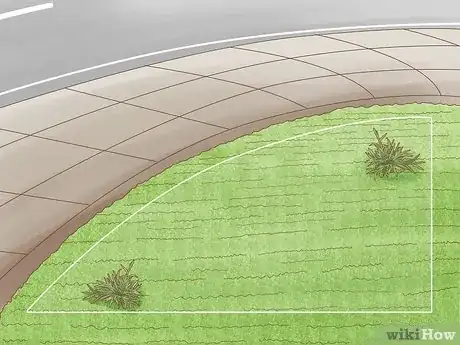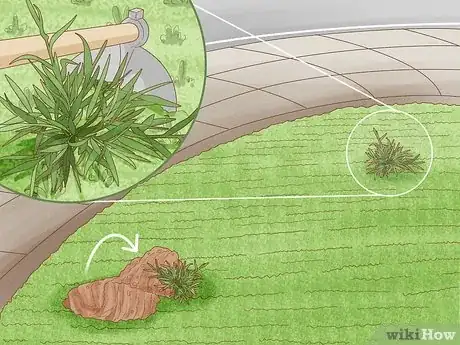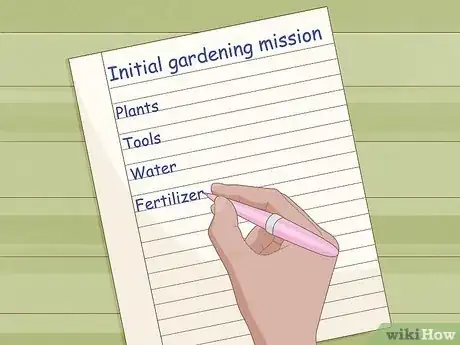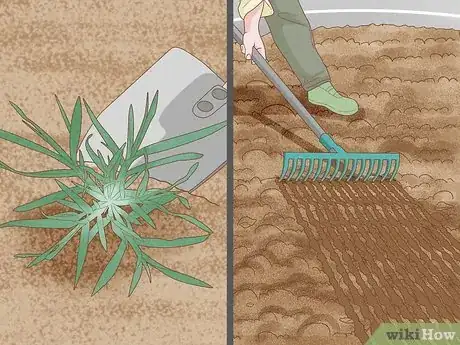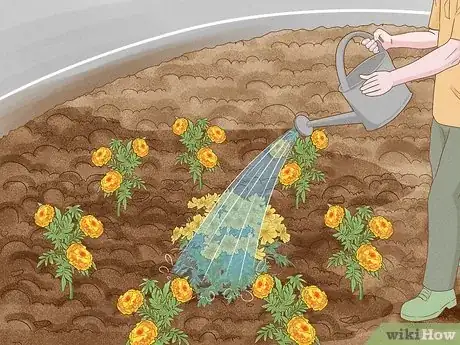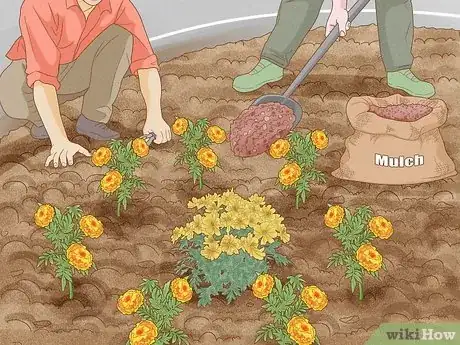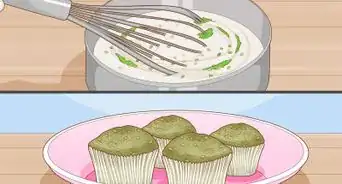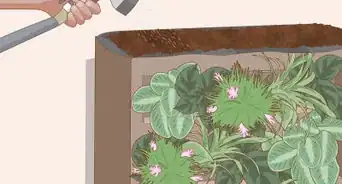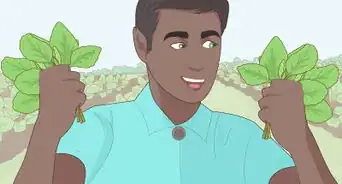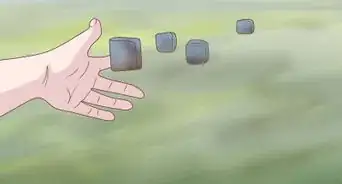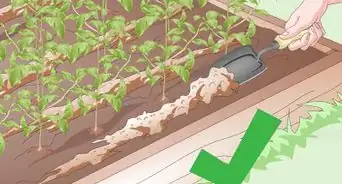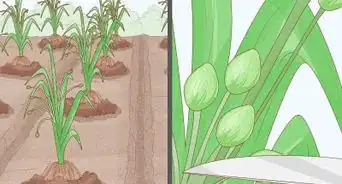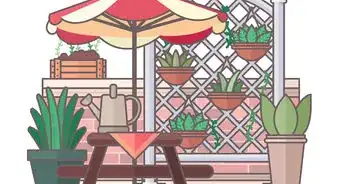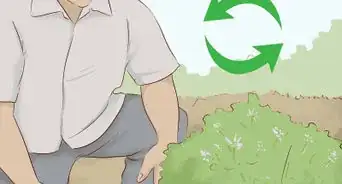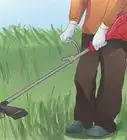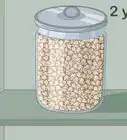wikiHow is a “wiki,” similar to Wikipedia, which means that many of our articles are co-written by multiple authors. To create this article, 26 people, some anonymous, worked to edit and improve it over time.
wikiHow marks an article as reader-approved once it receives enough positive feedback. In this case, several readers have written to tell us that this article was helpful to them, earning it our reader-approved status.
This article has been viewed 236,740 times.
Learn more...
Guerrilla gardening is a term used to describe the unauthorized cultivation of plants or crops on vacant public or private land. For some practitioners, Guerrilla Gardening is a political statement about land rights or reform[1] ; for others, it is primarily an opportunity to beautify and improve neglected, barren or overgrown spaces. Guerrilla gardening can be conducted either via secretive night missions or openly in an attempt to engage others in the idea of community improvement; regardless of which approach one takes, there are some basic steps that are important to successfully raise plants under the demanding conditions experienced by these gardens. Follow the steps below to learn how to start your own guerrilla garden.
Steps
-
1Find an appropriate plot of land.[2] In most urban and suburban areas, unused and uncared-for spaces abound. You can find them along sidewalks, on the sides of overpasses or freeway on-ramps, between buildings, on road medians and more. Plant near a water source if lack of water is a problem. You don't need a lot of land.
- Can't find a planting site? Make one. Attaching containers to posts and railings can add a lush or colorful touch to an otherwise lifeless spot.
-
2Take note of the condition of the land. It will almost certainly need some preparation before getting started. Will you need to remove weeds, trash or other forms of waste? Is the soil rocky, clay-like or more earthy?Advertisement
-
3Determine what plants to use in your garden. This is a critical step; your choice of plants has a huge effect on the likelihood of success or failure of your garden. Here are few suggestions:
- Select hardy plants that can thrive with intermittent care.[3] You probably won't be able to easily water, weed and fertilize your garden in the same way that you could if you were gardening around your home. Choose plants that can withstand variations in watering and other care schedules. Xeriscaping goes hand-in-hand with guerrilla gardening.
- Choose plants that naturally grow in your area.[4] Native plants are an ecologically sound choice, in that they won't tend to overcrowd other parts of the habitat. They will also be well-suited to the amount of sun and rain, temperature swings and other climatic factors.
- Be aware of conditions the plot of land that you will be growing on. For example, is it heavily shaded or does it get a lot of morning or afternoon sun? Be sure to choose plants that are a good for your light, moisture and soil conditions.
- Choose inexpensive plants. Save the pricey plants for gardens in protected areas. A Guerrilla garden is subject to vandals, animals and more. Choose plants that you can easily afford to replace.
- Select impactful plants, ones that will be green and bright and will make a difference for as much of the year as possible. [5] Also consider plants that create habitats for butterflies, birds, and other native species.
-
4Plan your initial gardening mission. Determine when you will work, who will assist you, and what you need (plants, tools, water, fertilizer, etc.). Arrange a concrete day and time to do the work.
-
5Gather your materials.[6] Some of the things you will need:
- Plants - Acquire a sufficient number of the plants you have chosen to cover your plot. You can buy plants from stores, or for a less expensive but more time-consuming alternative, start seeds at home. Transfer them to the garden site when they are well-established so that they have a better chance of survival.
- Tools - Make sure you have the tools you need for the job: rakes, hoes, shovels, gloves, wheelbarrows, etc.
- Water - Bring in some water to help your plants get started. Unused gasoline/petrol containers seal tightly, pack well and are easily transported.[5]
- Fertilizer - You may want to add some fertilizer when planting your garden; be sure not to use any chemicals you would not want to get in the local water system.
- Trash bags - You will probably need to remove trash and weeds and other waste from the site.
- Transportation - Unless your garden is very close to your home, you need to be sure you have a vehicle or other means of getting everything to and from the site.
- Signs - Letting people know what is planted there may make them more conscious of the site and less likely to trample on it (or allow their dogs to use it as a bathroom).
-
6Start your garden.
- Clear the land of weeds, trash and other undesirable things.
- Prepare the soil for planting. Dig/aerate as needed.
- Plant/water your plants.
- Clean the area thoroughly before leaving. Don't leave trash, weeds or anything that reflects poorly upon you or other guerrilla gardeners.
-
7Return to care for your garden. Planting the garden is only one small part of the job. It is your responsibility to water, weed and otherwise maintain your garden (though there is nothing wrong with encouraging others to help).
-
8Spread the word about this unique, eco-friendly way to improve your community. Feel free to leave small signs or plaques in your garden encouraging others in the community to water and help care for it.
Warnings
- It might not be a good idea to eat plants—or their products—that are planted in some public places. The soil may be contaminated. If food crops are your goal, soil testing can be done by most large universities and state colleges, or through your local cooperative extension service. These tests will ensure that you are not eating lead or worse poisons along with your produce, and are typically free or very inexpensive.⧼thumbs_response⧽
- Do not plant anything that is locally defined as a "noxious weed." Noxious weeds vary by area, and they include plants that are dangerous, invasive, or bad for local wildlife.⧼thumbs_response⧽
- Trespassing on private property is against the law. However, some land owners may not object to your gardening on their land. Try to get permission before taking an abandoned plot under your wing.⧼thumbs_response⧽
- Check local ordinances to see whether your garden is legal. In some municipalities it is against the law, while in others it is not.[7]⧼thumbs_response⧽
References
- ↑ Wikipedia article on guerilla gardening
- ↑ https://www.guerrillagardening.org/ggtips.html
- ↑ https://www.bobvila.com/slideshow/30-plants-for-your-easiest-garden-ever-51017
- ↑ https://www.nwf.org/Garden-for-Wildlife/about/native-plants
- ↑ 5.05.1Guerillagardening.org - Tips
- ↑ https://www.guerrillagardening.org/ggtips.html
- ↑ LA Times, May 29, 2008
- Reynolds, Richard. On Guerilla Gardening: A handbook for Gardening Without Boundaries
